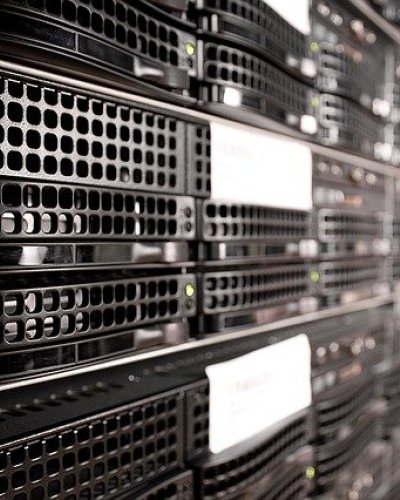Sustainable IT, What metrics and ressources are needed to deliver a compelling return on investment?
The organizations interviewed highlight the strategic importance of sustainable IT.
By adopting more sustainable practices, they contribute to the fight against climate change while creating value for their stakeholders.
This white paper calls for collective action to accelerate the transition toward a more sustainable digital ecosystem and offers
concrete recommendations to support that shift.
Summary of our study
- Executive Summary
- Boavizta: Who are we?
- Introduction
- Investments
- Resource Allocation Analysis
- Nantes Métropole Case Study
- Grants
- Ubisoft Case Study
- Key Areas of ROI
- EDF Case Study
- Indicators
- Technical KPI
- IT System KPI
- Conclusion
- Contributions
- Participating Organizations
- Boavizta Members
Check out our study:
Download our studyExecutive Summary
Based on interviews with about fifteen organizations recognized for their maturity in sustainable IT/digital sustainability
Investments
• According to our respondents, sustainable IT is gradually overcoming the funding challenge, with an average of 1.7 FTEs mobilized and €120,000 in additional investment.
• While organizations that allocate a dedicated budget to sustainable IT generally report strong financial benefits, significant budget allocations remain rare, limiting the ability to scale these efforts.
• Budget inertia: The budget allocated to sustainable IT tends to grow in proportion to the organization’s overall maturity on the topic. Identifying and launching small, high-impact initiatives can be an effective way to unlock additional funding.
• ROI as a prioritization tool: Estimating and tracking the return on investment of sustainable IT efforts can help accelerate their development — yet it is still rarely measured. Involving finance teams early in the process makes it possible to model expected returns and define the right indicators to monitor.
ROI
• Most of the observed savings come from reductions in consumables, hardware purchases, and energy bills.
• We introduce an Investment vs. Financial Gains matrix to help identify the most financially valuable actions.
• The EDF case study demonstrates an annual financial ROI of €23 million and a reduction of 11,000 tons of CO₂ equivalent.
INDICATORS
• Indicators are generally more aligned with operational management. We note a lack of specific and detailed indicators.
• The impact area most commonly — and almost systematically — targeted is that of “end-user hardware” (workstations, printers...).
• The three focus areas are climate impact (reference indicator: CO₂), energy consumption (reference indicator: kWh), and waste reduction (reference indicator: tons of WEEE).


